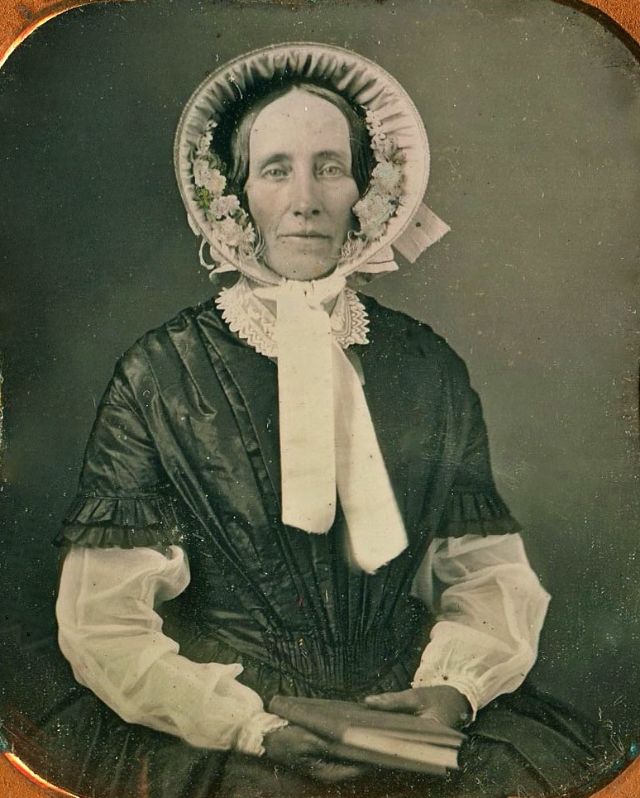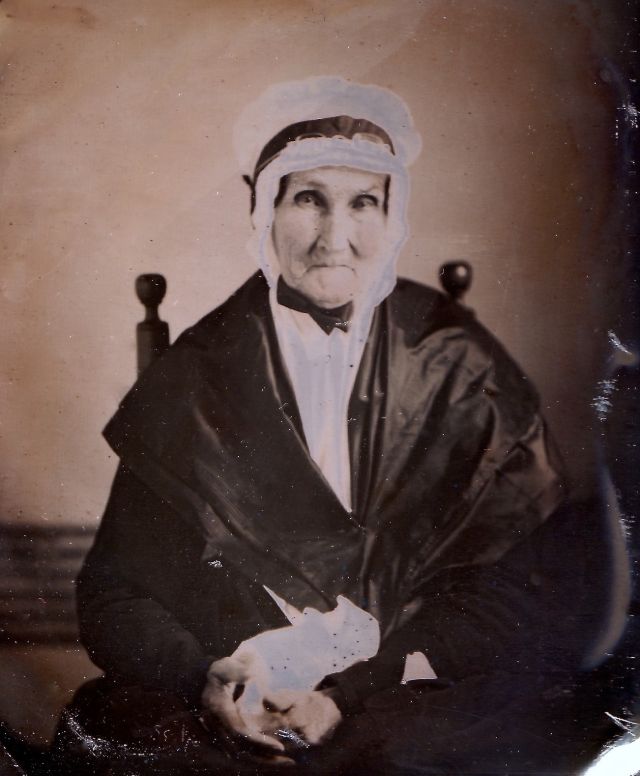During the Victorian Era, women generally worked in the private, domestic sphere. Unlike in earlier centuries when women would often help their husbands and brothers in family businesses and in labour, during the nineteenth century, gender roles became more defined.
Clothes were seen as an expression of women's place in society, hence were differentiated in terms of social class. Upper-class women, who did not need to work, often wore a tightly laced corset over a bodice or chemisette, and paired them with a skirt adorned with numerous embroideries and trims; over layers of petticoats.
Middle-class women exhibited similar dress styles; however, the decorations were not as extravagant. The layering of these garments make them very heavy. Corsets were also stiff and restricted movement. Although the clothes were not comfortable, the type of fabrics and the numerous layers were worn as a symbol of wealth.
In the 1840s, collapsed sleeves, low necklines, elongated V-shaped bodices, and fuller skirts characterised the dress styles of women. A similar silhouette remained in the 1850s, while certain elements of garments changed.
So what did elderly women look like in the 1840s and 1850s? Check out these amazing photos from Ann Longmore-Etheridge to see.












































0 comments:
Post a Comment